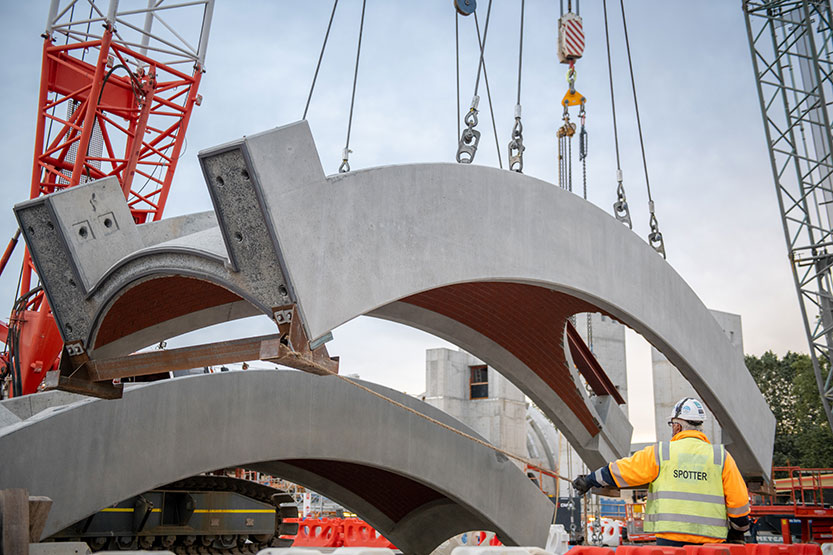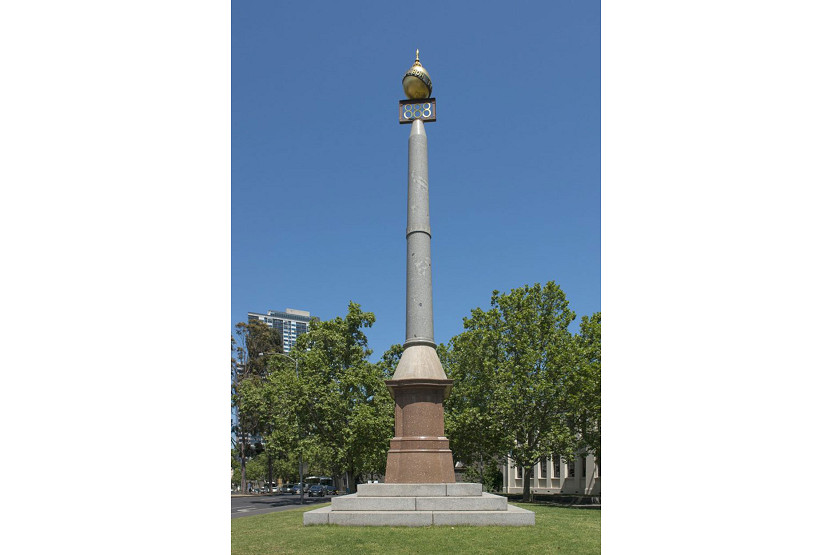Arden
There would be few residents of the suburbs covered by this community newspaper who are not able to get to Arden Street without the help of Google Maps.
It is a road that leads west to Footscray and beyond and passes the home of the North Melbourne Football Club, the popular swimming pool, and the Limerick Arms. It merges into Courtney St at the Wreckyn St roundabout, but from here you can see the old Meat Market building.
When I first became a resident of North Melbourne in 1994, the Meat Market was a Craft Centre where you could watch craftspeople work. The Bulla Cream Factory was on the corner of Leveson St and I could hear the chains being pulled to open the huge doors at around 4am every morning, and then the noise of churning as the vats were cleaned.
I was curious about the name of the street. Several of the streets of North Melbourne have a literary background. Sir Walter Scott was born at Abbotsford and is buried at Dryburgh Abbey near Scotland’s border with England. And Byron St is named after the famous poet. So, I assumed that Arden St was associated with the idyllic Forest of Arden in Shakespeare’s pastoral comedy, As You Like It. Researching further, I discovered that the street was named after George Arden who, at the age of 18, launched Melbourne’s first newspaper, the Port Phillip Gazette.
Not much is known about George’s upbringing, but he does have a distant link with England’s literary heritage. He was the second son of Major Samuel Arden of the British East India Company and belonged to one of the three English families whose male line could be traced from before the Norman Conquest. His family claimed kinship with Shakespeare’s mother. He landed in Melbourne in 1838 and, within two weeks of his arrival, had launched his newspaper. It was the first legal publication in the colony. He was evidently a man of strong passion; an illustration of his character is conveyed in this extract from a letter to a friend whose hospitality he had abused, taken from the Australian Dictionary of Biography (ADB):
“In writing my thanks for your friendly care of me on a late occasion, I take the opportunity to ask yr forbearance for the annoyances I must have caused to Mrs H and family, by my fooleries and devilries. I return at the same time a card case which Mrs Arden says was found in my pocket, on my recovering from my outrageous debauch; but of this circumstance I offer no explanation, simply because, I am ashamed to say, I cannot.”
George’s monopoly of the newspaper industry didn’t last long, and other newspapers began to compete. George’s vitriolic and passionate temperament led to his decline as a businessman. He became bankrupt and, in 1852, he went to the goldfields to try to regain his fortunes through mining. It didn’t go well. In 1854 he was found dead on Bakery Hill in Ballarat. According to the ADB, “he was dismissed by his peers as a man of talent and power cut down by his own intemperance”.
The Arden Precinct is a new urban renewal initiative of the state government, centred around the new Arden Station. It is envisaged that the precinct will house around 15,000 residents and provide 34,000 jobs. The development is expected to take place over the next 15 to 30 years.
In the meantime, the Hotham History Project, in conjunction with Metro Tunnel Creative Program and the North and West Melbourne Association, is involved in providing historic information and images for several large hoardings to be erected in Lauren St, close to Arden Station, early in the new year. These will bring to life some of the history of the area.
It is to be hoped that the Arden Precinct will, at some point, acknowledge the man who gave Arden St its name •

Jo Ryan unveils Ordered Chaos at Blender Studios







 Download the Latest Edition
Download the Latest Edition